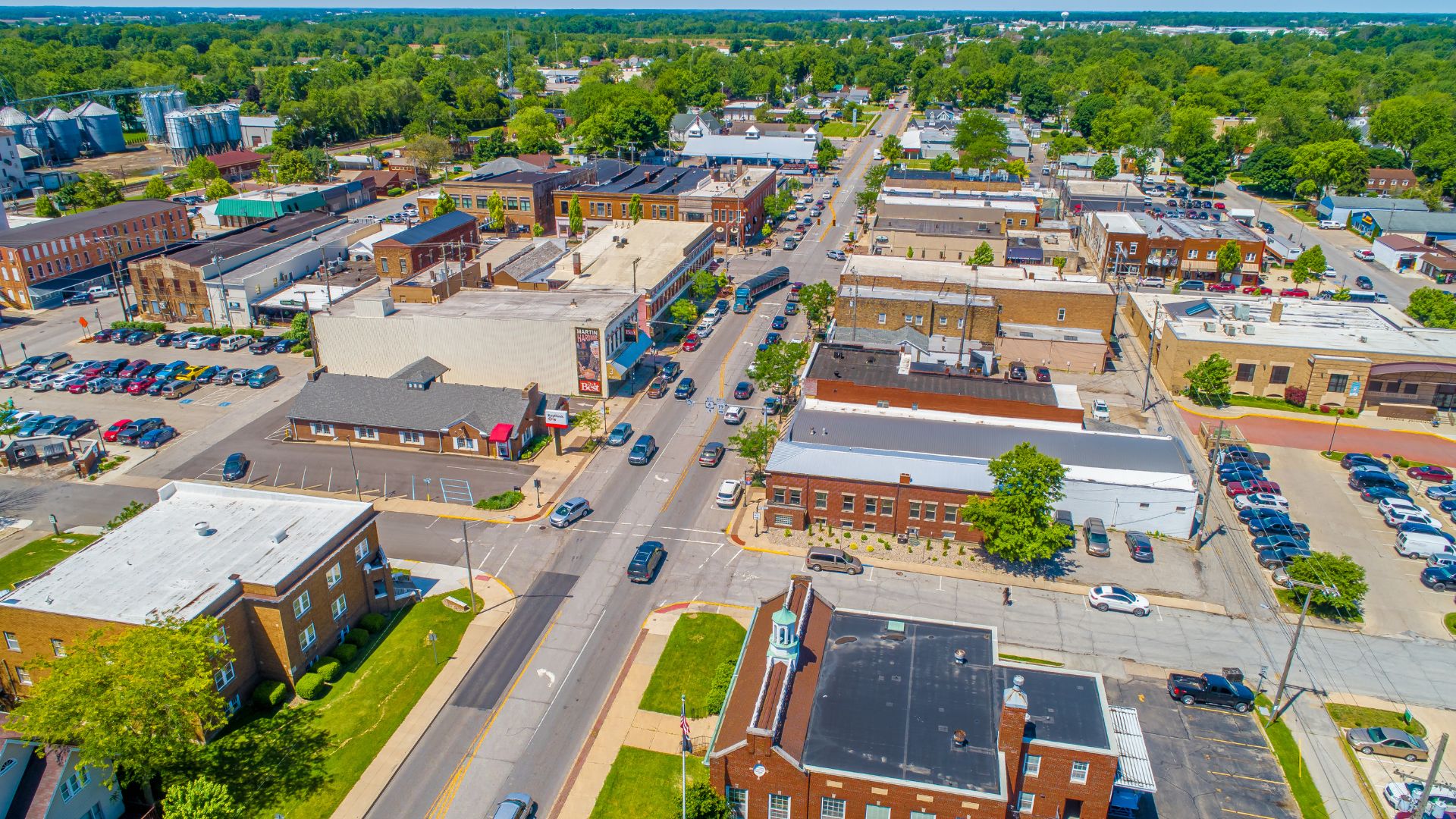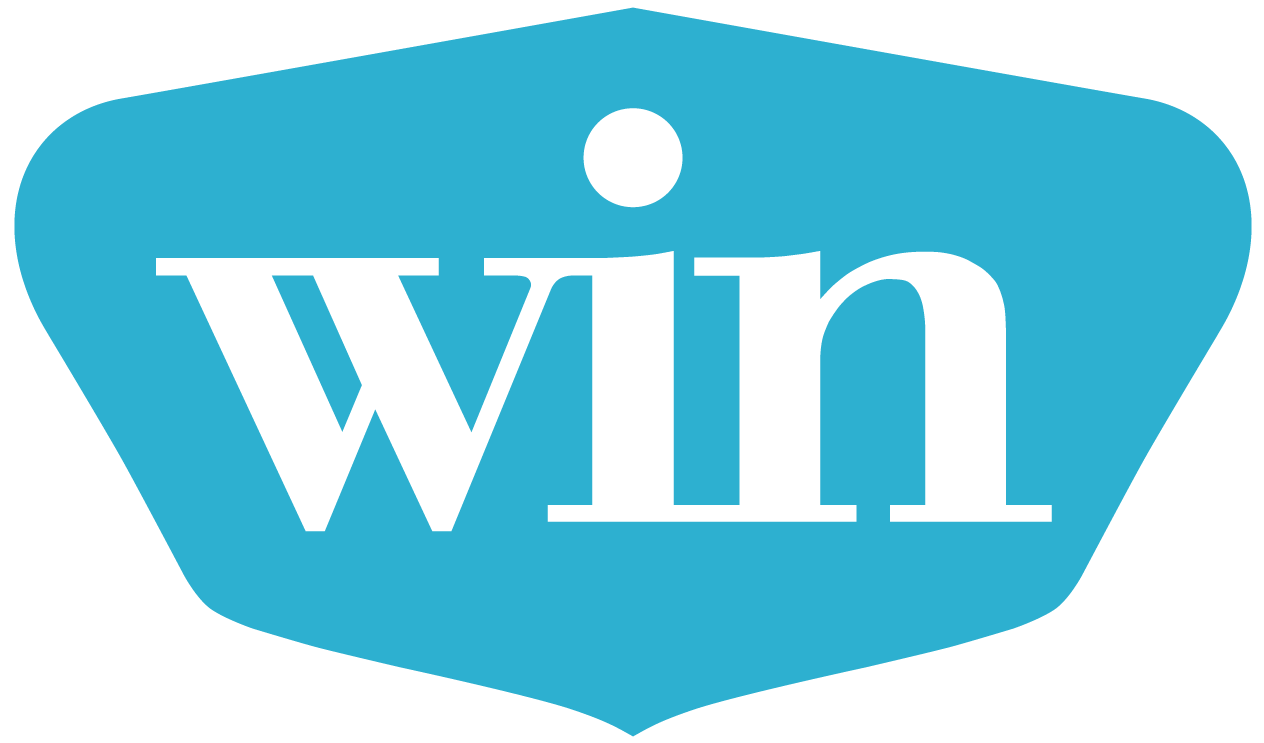How a Leased Fiber Agreement Led to a WIN-WIN Community Solution

To support and connect the local library, schools and municipal buildings, a Midwest public utility built and maintained a fiber optic ring. However, as a Community Area Network, they lacked the resources to extend their network services to all organizations in the area.
Recognizing an opportunity, WIN’s Senior Strategic Planning Manager reached out to explore leasing dark fiber from the public utility company—a new concept for them. After thoughtful discussions, they agreed. The WIN Outside Plant team worked diligently with the company to put everything in place.
Bringing a New Internet Option to the Community
Access to the utility’s dark fiber enabled us to expand our high-speed connectivity across the community, an area previously limited to only a few internet providers. This newly established partnership meant that essential organizations like hospitals and grocery stores have access to a fast, secure, and scalable network solution that could ensure uptime and optimal performance.
Connecting a Hospital to Its Patients
The first organization to benefit was a local hospital. Using the fiber ring, we delivered a high-speed, low-latency connection quickly and at a significantly lower cost than alternative options. But we didn’t stop there.
To ensure maximum reliability, we went the extra mile (WIN Way #20) and provided the hospital with fiber diversity. By integrating the public utility’s fiber to two of our existing fiber routes, the hospital could rest assured that if one fiber route is damaged, their network connection would remain uninterrupted.
A WIN-WIN Solution
The partnership between the public utility and WIN benefited both the local community and the public utility company itself.
- Essential services gain reliable, high-performance internet, ensuring better services to residents.
- Local businesses can now offer enhanced services to the community with the improved network connectivity they received.
- The utility company generates ongoing revenue from leasing its fibers, allowing them to reinvest in community infrastructure.
